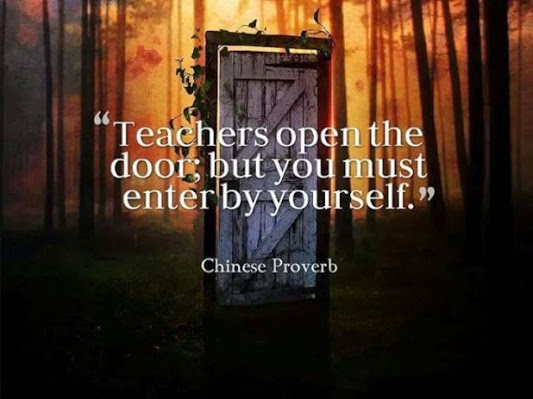It’s been a strange, unsettling year in the art market and 2017 looks likely to be just as turbulent. What does a new president who can rattle the world with a tweet mean for an industry so dependent on the international rich? The answer is that no one knows, but it is a hot topic among gallery owners and auctioneers this new year.
In 2016, the art market received what it had purportedly wished for – some of the speculative froth came off the top of the market, easing fears that a bubble would burst and hurt the industry. But it also received much of what it probably did not forecast or desire: a 30% drop in overall market volume, a series of high-profile disputes, court actions and authenticity issues that resulted in substantial payouts, and a fall-off in attendance at some art fairs that read to some as cultural cooling-off at the bling end of the contemporary art business.
The two major auction houses, privately held Christie’s and publicly listed Sotheby’s, have also undergone substantial changes to their business models whose reverberations are still being assessed.
World art market stalls for first time in years

2017 Art Market Turbulence
A dwindling supply of top-quality work, costly seller-guarantee systems and the overheads required to secure lots for sale have proved unsustainable. Both houses saw drops in business, with Sotheby’s down from $6bn in 2015 to roughly $4.1bn in 2016.
“The art market went down primarily because a small number of high-value objects did not trade hands as they had in 2015 and that reduced the overall market volume,” says Art Market Monitor’s Marion Maneker.
Still, both Sotheby’s and Christie’s auction houses instigated shakeups of their tradition-bound methods of business.
Christie’s contemporary art chief, Brett Gorvy, quit after 23 years at the auction house to join Dominique Lévy’s gallery, which represents Frank Stella and the estate of Yves Klein among others. Sotheby’s too lost several longstanding department executives and announced plans to start offering management services to living artists as well as artist’s estates.




